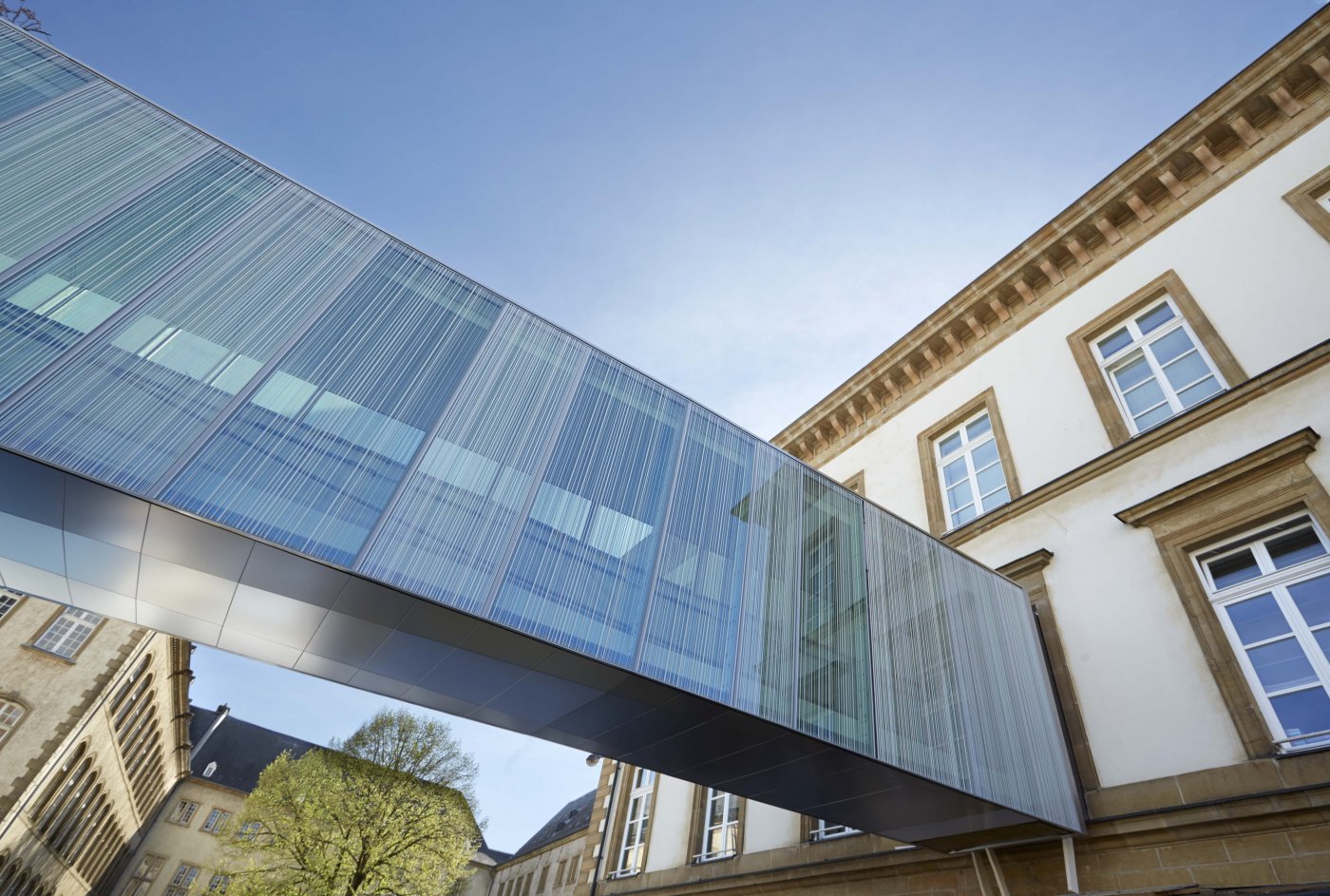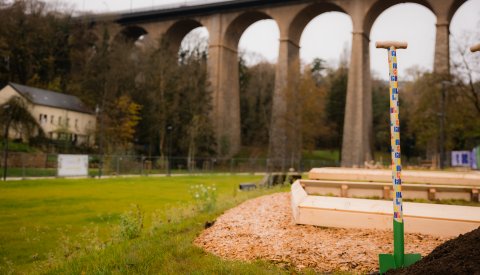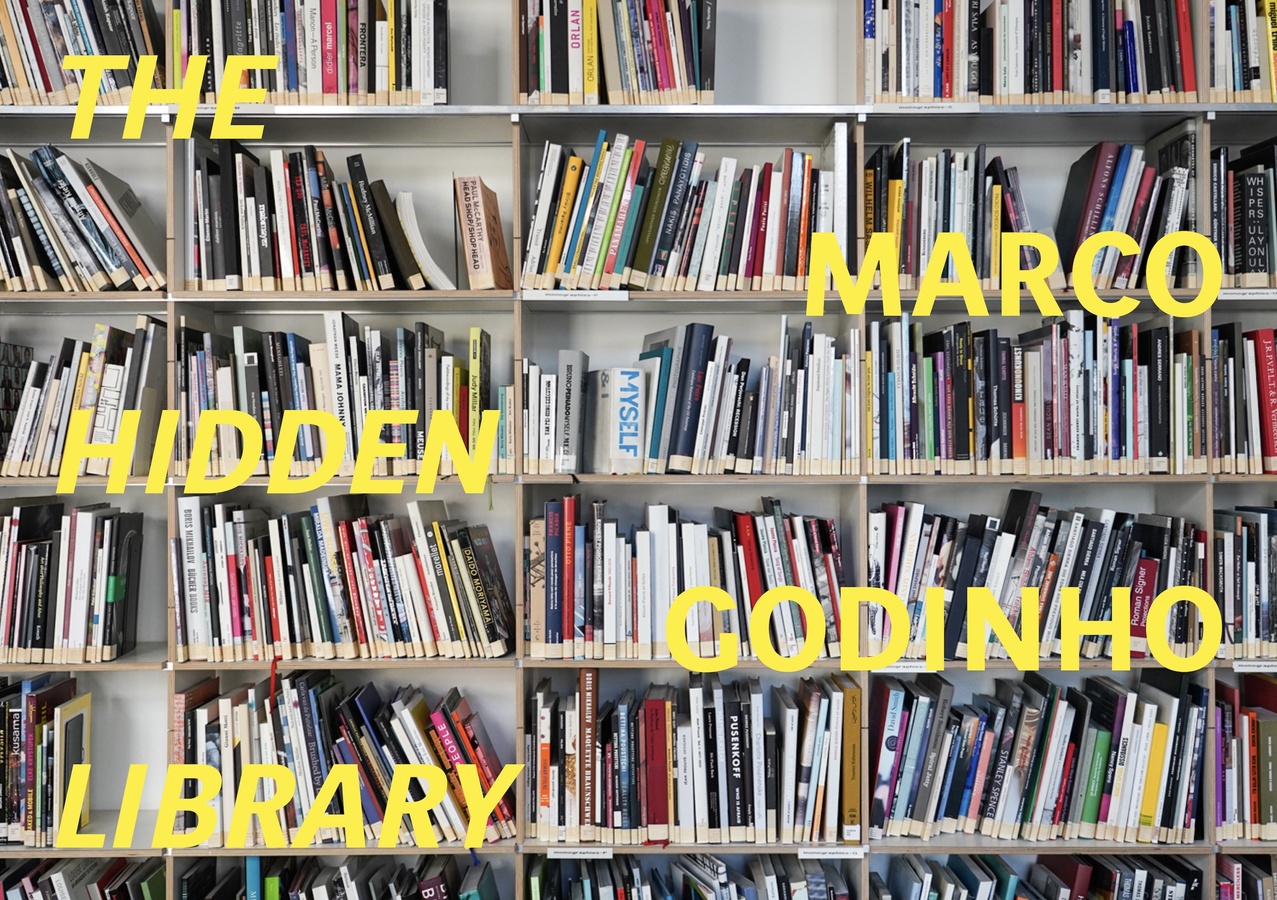Municipal elections
Under Luxembourg's constitution, a municipal council (conseil communal) is elected in each municipality by those residents who are eligible to vote. Municipal elections are held every six years. The members of the municipal council are elected for a six-year term, which begins as soon as they are sworn in after the elections.
In Luxembourg City, municipal elections are held using a party-list proportional representation system. Since 1 January 1964, the number of members serving on Luxembourg City's municipal council has been set at 27.
The next elections will be held in 2029.
Municipal council
The municipal council sets the municipal regulations, governing all matters related to the interests of the City of Luxembourg and its residents. It meets as often as required by the matters within its remit, and at least once every three months.
The number of members is set based on the number of residents in the municipality. In Luxembourg City, this number is set at 27.
College of aldermen
The college of aldermen is the executive body, and it meets as often as needed to take care of business in a timely fashion. It is also responsible for keeping archives, deeds and civil registers, to name but a few of the tasks that fall within its remit.
Luxembourg City may have up to six aldermen.
The mayor
The mayor chairs the meetings of the municipal council and the college of aldermen and is responsible for enforcing the laws and regulations on public order and safety under the supervision of the Minister of Home Affairs (Ministre de l'intérieur). The mayor also fulfils the role of civil registrar, but may delegate these duties to an alderman or councillor. The mayor rules on building permits.
Luxembourg City Hall
Luxembourg City Hall (Hôtel de Ville) houses
- the offices of the mayor and the aldermen;
- the main meeting rooms, including the chamber of the municipal council and the multimedia room;
- the wedding room.
History of Luxembourg City Hall
- 18 Vendémiaire, Year 13 (10 October 1804): By imperial decree, Napoleon granted ownership of the monastery and church of the Récollets Friars to the City of Luxembourg.
- 12 February 1827: The city's Conseil de Régence (regent's council) launched a competition to select an architect to design and build a city hall.
- 23 November 1827: Julien Étienne Rémont, an architect based in Liège, won the competition and was asked to draw up the construction plans.
- 8 February 1830: the contract for the construction of the city hall, including masonry, roofing and all the main structural elements, was awarded to Nicolas Combé, a master mason in Luxembourg City, for a total of 45,640 florins.
- 15 July 1830: the ground-breaking ceremony was held, attended by the commander in chief of the fortress and by Jean-Georges Willmar, governor of the Grand Duchy of Luxembourg.
- 1835: the main building structure and envelope were completed.
- 22 October 1838: the first session of the Conseil de Régence was held, chaired by François Scheffer, mayor of Luxembourg City.
- June 1841: Wilhelm II, King of the Netherlands and Grand Duke of Luxembourg, visited the city hall.
- September 1842: the building's structure was strengthened with the installation of four additional columns in the entrance hall.
- 1844: construction works were completed on the city hall, with a total cost amounting to 250,000 francs.
- 1932: two bronze lions created by Luxembourg artist and sculptor Auguste Trémont were installed.
- 29 July 1942: the vaulted cellar galleries, which had been used as a covered market, were converted into a library by the Nazi occupying force, before being restored to office space after the war.













